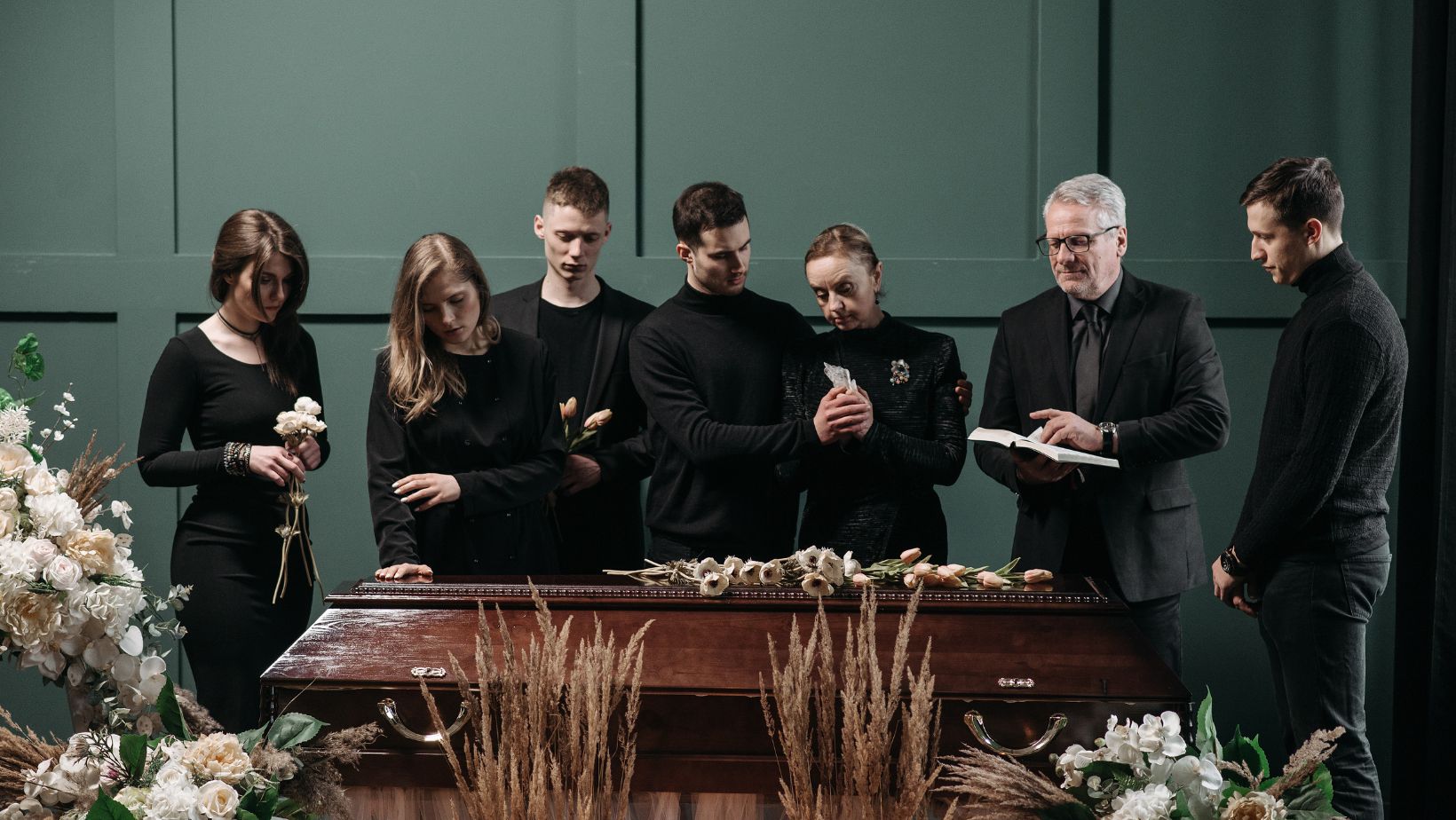Planning a funeral service can be an emotional and overwhelming task, particularly when faced with the myriad of options available. People often seek to honor the lives of their loved ones in a personal and meaningful way, but knowing which type of service best fits those wishes can be challenging. Understanding the different types of funeral services available can help families make informed decisions that align with personal beliefs, traditions, and financial considerations.
Contacting Funeral Homes
Once the decision is made to plan a funeral, the next step often involves contacting funeral homes to gather information and evaluate options. It’s important to reach out to multiple funeral homes to have a range of choices in terms of services, pricing, and facilities. When contacting funeral homes, it’s helpful to prepare a list of questions in advance. Inquire about the types of services offered, pricing details, any available packages, and options for personalization. Whether you need a funeral home in Tampa, Tifton, or Topeka, knowing your options will help you make the best decision for your family. This can also be a good time to ask friends and family for recommendations or read online reviews of funeral homes in your area.
Traditional Funeral Services
Traditional funerals are the most commonly recognized type of funeral service. They typically involve a visitation or wake, a religious or secular ceremony, and a burial or cremation process. A visitation allows mourners to pay their respects and view the deceased in an open casket setting. This is often followed by a funeral service in which family members, religious leaders, or friends give eulogies and share memories of the deceased.

Traditional funerals may also include music, readings, prayers, and other rituals depending on personal preferences and cultural traditions.
Memorial Services
Unlike typical funerals, memorial ceremonies do not include the deceased’s corpse. These services can be held weeks or even months after death and allow for greater flexibility in planning. Memorial services often focus on celebrating the life and achievements of the deceased, featuring personal stories, photographs, and video tributes. They can take on a more informal tone and may be held in various locations such as a home, community center, or even a favorite outdoor setting. Friends and family often participate by sharing anecdotes, poems, or music that hold special significance to the loved one. Memorial services can be tailored to reflect the unique personality and passions of the individual, providing a meaningful way for everyone to come together in remembrance and support.
This understanding not only shapes end-of-life planning but can also intersect with broader discussions about mental health and technology. Funeral services offer moments of closure, yet technological advancements now provide further proactive assistance. As outlined in a pivotal technology in suicide prevention, innovations like predictive analytics foresee risk scenarios, contributing to support systems.
Graveside Services
Graveside services are intimate ceremonies that take place at the burial site. Often held immediately following a traditional funeral or independently, these services are concise and focus on the act of burial itself. Graveside services typically involve a brief religious or secular ceremony, where a clergy member, celebrant, or family member may say a few words, offer prayers, or read a passage of scripture before the interment. This type of service allows families to bid their final farewells in a serene outdoor setting, offering a moment of closure and reflection. The simplicity of graveside services can make them a fitting choice for those wishing for a more minimalist approach, focused on the connection with nature and the personal significance of the burial site.
Direct Burial
Direct burial is a straightforward and often more cost-effective option compared to traditional funeral services. In this type of arrangement, the deceased is buried shortly after passing away without a formal viewing or funeral service beforehand. This process typically involves the basic preparation of the body and a simple ceremony at the burial site, if desired by the family. Direct burial is especially suitable for those seeking to minimize expenses or for families who prefer to hold a separate memorial service at a later date.

Although less elaborate, direct burial allows for a quiet and respectful interment, providing loved ones with a moment to reflect while ensuring the deceased is laid to rest with dignity.
Direct Cremation
Direct cremation is an uncomplicated and economical option for handling a loved one’s remains. With this approach, the deceased is cremated soon after passing, without a preceding ceremony or viewing. This process involves the transportation of the deceased to the crematorium, where the body is prepared and cremated. Unlike traditional funerals, direct cremation does not require embalming or costly caskets, making it a budget-friendly choice for many families.
The ashes are usually returned to the family in a basic urn, after which they can decide how to commemorate or celebrate their loved one’s life. Direct cremation offers flexibility, allowing families to hold a memorial service or celebration of life at a time and place that suits them. This option provides a dignified way to honor the deceased’s wishes while maintaining financial practicality.
Selecting the right type of funeral service is a deeply personal decision that requires careful consideration of various factors, including cultural traditions, financial constraints, and the wishes of the deceased and their family. By understanding the different options available—whether it be a traditional funeral, memorial service, graveside ceremony, direct burial, or direct cremation—families can make informed choices that honor and commemorate their loved ones in a meaningful way. This thoughtful approach not only provides closure during a difficult time but also ensures that the deceased’s life is celebrated according to their values and beliefs, offering comfort to those left behind.
